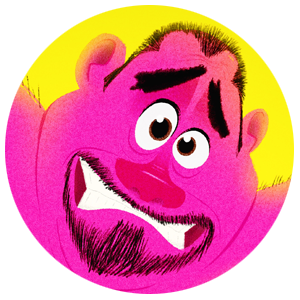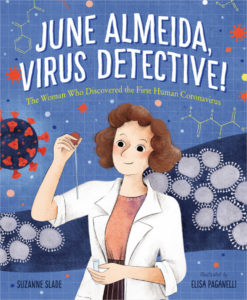 June Almeida, Virus Detective! The Woman Who Discovered the First Human Coronavirus
June Almeida, Virus Detective! The Woman Who Discovered the First Human Coronavirus
Author: Suzanne Slade
Illustrator: Elisa Paganelli
Sleeping Bear Press
15 March 2021
40 pages
This month’s PB review is by Ryan G. Van Cleave (#1 Biography Lover at Only Picture Books) and UK-based artist (and new OPB friend) Lucy Barnard.
**Yes, Lucy being from the UK means we’re all just going to roll with the British spellings (“colour,” etc.) this month. Embrace it!**
–Ryan’s Review of the Writing–
I’m always leery of cradle-to-grave picture book biographies about someone who isn’t name-brand famous along the lines of Stephen Hawking, Kobe Bryant, or Georgia O’Keefe. But the throughline of June’s life–a deep interest in science that sharpened into a goal to help sick people in general, and children in specific–began at a very early age. So, we quite reasonably start with her childhood and soon learn how she lost a brother to diphtheria when she was ten. While this book moves past that event relatively quickly, the trauma clearly informed June’s life and guided her to her life’s work–becoming a brilliant virologist.
It’s hard to imagine how June “left school at age 16 to help pay family bills” and still managed to pursue her own interest in science. But she did. In her role as a scientist, June flourished.
While it’s less clear why no one else seemed to realize how to make such good use of an electron microscope, it’s quite clear that June–“a photographer at heart,” Slade writes–had the creativity and interest in picture-making to figure it out.
June snapped away photos of “tiny blobs,” and was able to determine which were viruses and which were antibodies. This was a game changer for scientists who were essentially working blind with viruses–they were desperate for the answers she found. Not only was June the first to discover coronavirus, but she studied other viruses, too, such as rubella, hepatitis B, and HIV. Her work helped others create ways to battle viruses and make the world a healthier place.
Beyond the amazing timeliness of this book, what makes it memorable is that author Suzanne Slade is once again able to make science sound interesting. And her ability to take a complicated scientific process like negative staining and explain it in two pages is impressive. Couple that with Elisa Paganelli’s fine artwork, and this book is a worthy take on a worthy role model.
A thorough timeline, high-level bibliography, and two pages of context-providing back matter about June and electron microscopes will be of help to readers who want a deeper look into June’s world. Slade also includes a scientific spoof of William Blake’s “The Tyger” poem which June wrote, though the humor evident there isn’t showcased in June’s life in this book.
Ultimately, this book is focused on June’s scientific accomplishments versus some larger personal narrative arc, and that’s just fine. So is the cradle-to-grave coverage of June’s life (she died in 2007 at age 77). Bringing light to underappreciated or forgotten women in STEM is always worthwhile, even without the book’s clear pandemic connection that’s likely moving this to the must-get category for libraries and schools.
4.25 out of 5 pencils
– Lucy’s Review of the Illustrations–
Before being asked to review this book, I have to confess that I had not heard of the virologist June Almeida. Her story is a fascinating and timely one, brought to life beautifully by the illustrations of Elisa Paganelli. The cover sets the scientific tone immediately and shows June as a grown woman, but the first spread takes us right back to her childhood. The figure of June as a little girl cuts across both pages as she races breathlessly towards school; this cleverly indicates where her passions lie whilst also drawing us into the rest of the book.
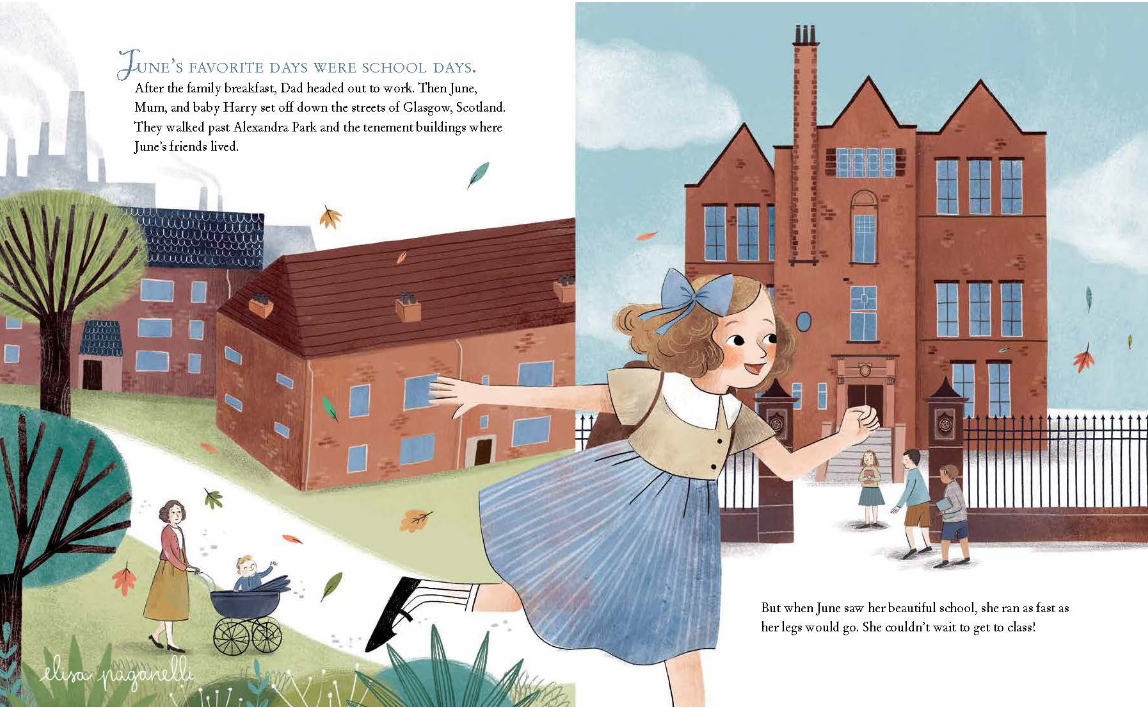 The mix of single pages, spreads, and vignettes keep the design of this book fresh and interesting. It really feels like we are accompanying June on her journey. Indeed, the character development is skillfully done as we see June progress from a little girl right the way through to old age. I also love the muted colour palette used throughout the book; no garish, bright colours here, the tones are more likely to be earthy ochres, blue-greys and mustard yellows.
The mix of single pages, spreads, and vignettes keep the design of this book fresh and interesting. It really feels like we are accompanying June on her journey. Indeed, the character development is skillfully done as we see June progress from a little girl right the way through to old age. I also love the muted colour palette used throughout the book; no garish, bright colours here, the tones are more likely to be earthy ochres, blue-greys and mustard yellows.
Spreads five and eight are particular favourites of mine, not only for their fabulous compositions and beautiful illustrations of figures and architecture, but also because both cleverly juxtapose June’s home and work life (plainly showing us that she was a working wife and mother in an era when this was undoubtedly uncommon).
The illustrations also manage to bring to life some complex scientific ideas and imagery in a very accessible way. We are shown June thinking whilst a microscope and photos swirl around her, a clear illustrative explanation of a particular procedure and the moment June discovered confirmation of a new virus.
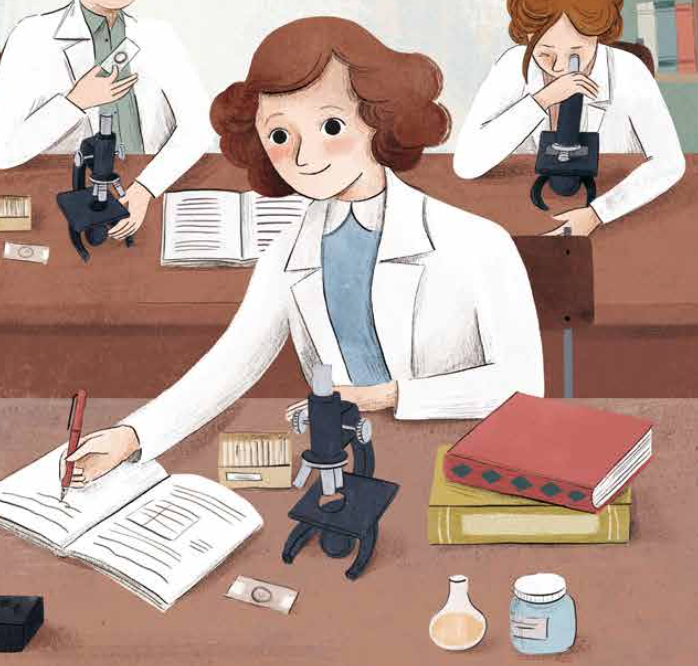
June Almeida was a truly inspirational woman and, in these times of a coronavirus pandemic, her story deserves to be more widely known. Elisa Paganelli’s illustrations are a perfect accompaniment to this rich and fascinating life story and strike just the right note for a children’s picture book.
4.5 out of 5 crayons
 Lucy Barnard has been a freelance illustrator for more years than she cares to remember and, after illustrating for many other authors, decided to begin writing her own picture books. She is represented as an illustrator by
Lucy Barnard has been a freelance illustrator for more years than she cares to remember and, after illustrating for many other authors, decided to begin writing her own picture books. She is represented as an illustrator by
and as an author by
Lucy lives in Manchester, UK, and loves reading, eating cake, and going on long walks with her family and dog.


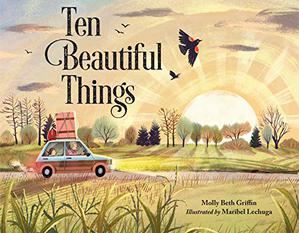
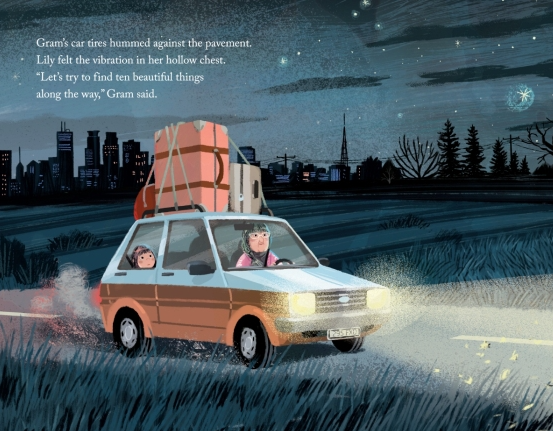
 Rebecca Zomchek is a children’s book illustrator who has worked as a concept artist and cartoonist. She earned her
Rebecca Zomchek is a children’s book illustrator who has worked as a concept artist and cartoonist. She earned her 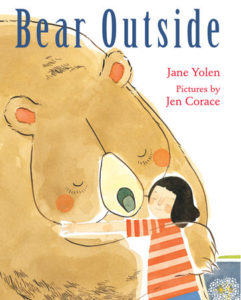
 Octavia Saenz is an editor and cartoonist based in Brooklyn,
Octavia Saenz is an editor and cartoonist based in Brooklyn, 
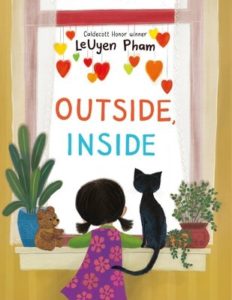
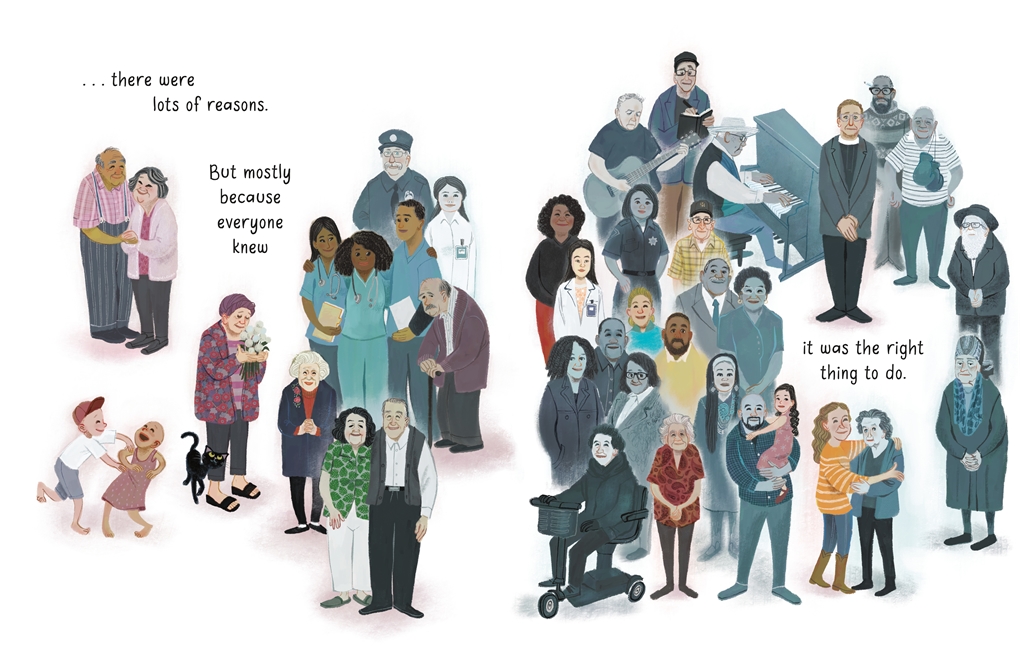
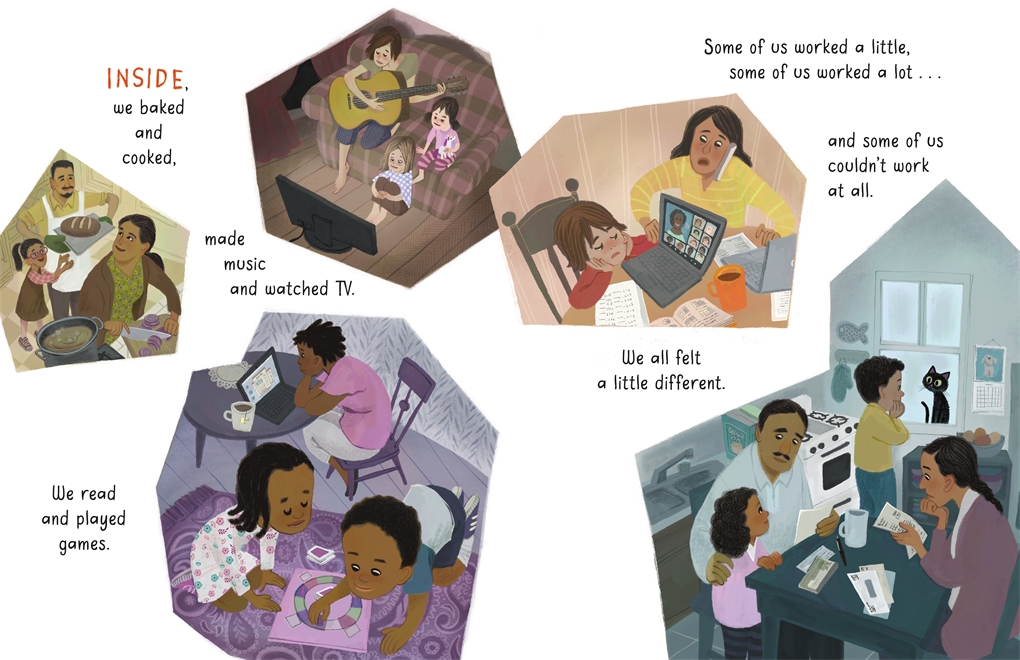
 David C. Gardner is an award-winning illustrator and visual development artist. A former artist for Walt Disney Animation Studios, he has illustrated numerous picture books, including his latest from Sleeping Bear Press,
David C. Gardner is an award-winning illustrator and visual development artist. A former artist for Walt Disney Animation Studios, he has illustrated numerous picture books, including his latest from Sleeping Bear Press, 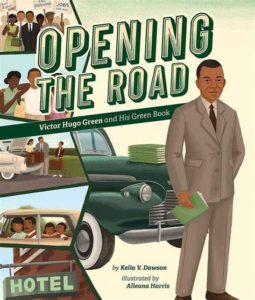
 Edna Cabcabin Moran is an author/illustrator, poet, arts educator, and hula dancer. Having been raised in the continental
Edna Cabcabin Moran is an author/illustrator, poet, arts educator, and hula dancer. Having been raised in the continental 
